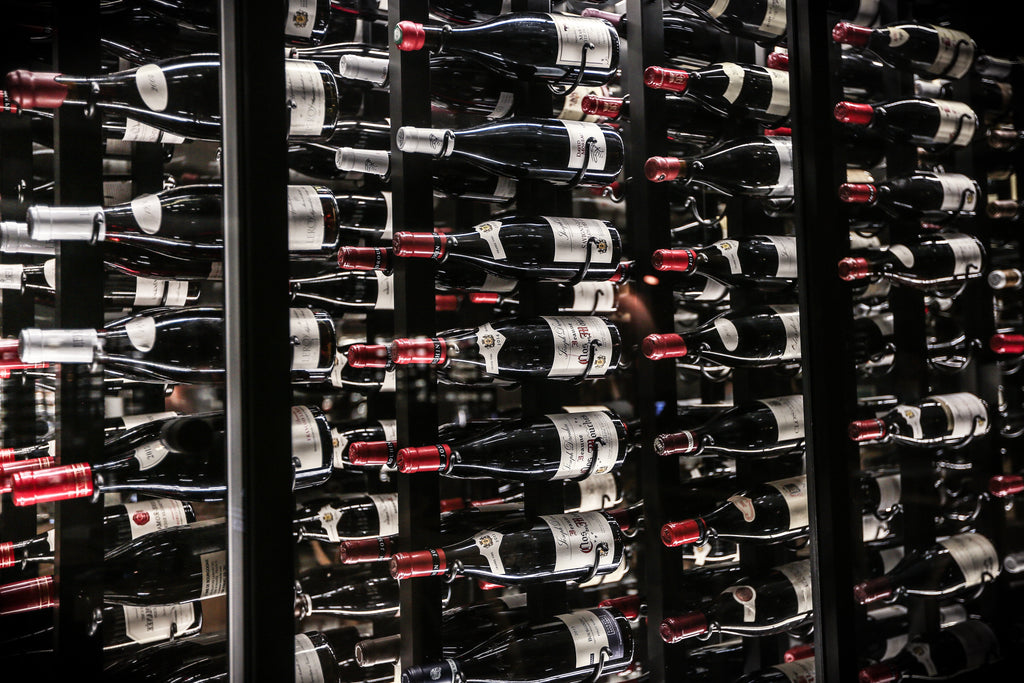One of the largest wine importers in the world, Germany has a truly unique affinity with this glorious bottled beverage. In terms of value, Germany imported £2.2 billion worth of wine, third largest behind the UK (£3.2 billion) and USA (£4.8 billion), however, when comparing volume, they lead the charge by importing 15.2 million hectolitres into their wine cabinet, a huge amount! In this article, we’ll be looking at Germany as a wine producing country, its regions and most popular drinks. We’d also recommend checking out our guide to Armenian wine so that you can have a well-rounded wine collection!
The country is split into 13 distinct growing regions, each of them being unique. This diversity is mostly driven by different climates, different terroirs and cultivation by different winemakers. With the climate having grown increasingly warmer, the country has enjoyed a number of fantastic vintages which lead to an increase in interest from the rest of the world’s wine consumers and a collection of notoriously difficult and natural productions.
Boasting a long and detailed wine history, Germany’s experience with the beverage dates back to the Romans. Credited with planting some of the country’s finest vineyards, the church’s monasteries bought forward viticultural practises and traditions and played a big role in keeping Germany’s wine production at its best. Unfortunately, during the 20th century, the wine industry took a number of big hits. The war, which led to economic upheaval, and the vine diseases saw the industry get weaker by the day. In addition, the 1970s saw a number of laws passed that affected the quality standards leading to general confusion of the consumers. While this was unfolding, Germany started to export a sweet and cheap white wine called Liebfraumilch, which had a number of variations. This drink, although not popular in Germany itself, was tremendously popular in the UK, US and other countries and grew to define German wine in the eyes of the countries that consumed it.

Germany still retains its cheap white wine producing capability and exports these drinks throughout the world, however, it has also seen a renewed interest in its premium wine offerings, especially Riesling. Although the country still faces some issues and challenges with the wine labelling technicalities, it remains in the top 10 largest wine producing countries in the world, by volume.
Today’s Wine Production
Germany is noted as being one of the northernmost wine producing countries in the world, which is why most of the vineyards can be found in the south and southwest of the country as this offers the most suitable climate. Some of the best wine producing vineyards are located on steep river banks that rise out of the Rhine and Mosel rivers. These picture perfect locations are fantastic for tourists but less so for the farmers who work the land.
Germany as a country grows over 100 types of grape but these are dramatically overshadowed by the varietals of Riesling and Muller-Thurgau which make up more than 40% of all vines and probably are the German wines that you are most familiar with. The wine of Spatburgunder is the most popular red from the country, however, the focus both critically and commercially continues to be on the white wines produced.

Wine Producing Regions
With 13 wine producing regions, there really is something for everyone in this diverse country. To give you an idea of what you can expect, we’ve detailed some of the main regions below:
Mosel-Saar-Ruwer Wine
As mentioned earlier, some of the most spectacular vineyards are located along the Mosel river, and those in the Mosel-Saar-Ruwer region produce some of the best Riesling beverages. Typically known for the exceptional acidity and delicate flavours, the unique slate soil of the steep hillside vineyards produce perfectly age-worthy wines. The vineyards call for unfathomable dedication and manual labour as some are as steep as 70 degrees.
Rheingau Wine
As Riesling makes up more than 40% of plantations, it is bound to be the popular choice throughout most regions and the Rheingau is no exception, however, the wine is known for taking on different qualities than the Mosel region. Due to a sharp turn in the river, the banks along the right-hand side are granted generous sun exposure which contributes to the distinct microclimate of the region. Despite the overwhelming popularity of the Riesling grape, making up more than 80% in the region, the warmer conditions also allow for the growing of Spatburgunder (Pinot Noir).
Rheinhessen Wine
The region of Rheinhessen is located in between the Rhine and Nahe rivers and is Germany’s largest viticultural area. The Liebfraumilch wine mentioned earlier is known to have originated here and these types of white wines continue to dominate production here. That said, roughly one-quarter of the grapes produced are now being used as ingredients for well-respected premium wines.
Hopefully, this article has given you an insight into the country of Germany and its wine production. We’d love to know what your most precious bottle of German wine is, let us know on Facebook and Twitter

